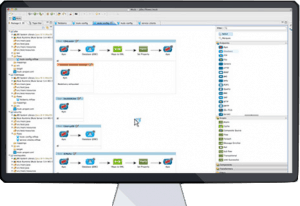Thanks to those of you who attended our webinar last week, “The API Love Triangle: Delivering Successful API Programs,” and we hope that you found the session valuable. Now you know that the API love triangle is composed of three key people and that the success of your API program depends on satisfying the needs of each:
-
The API Developer, who’s always looking for ways to be more efficient, to get their APIs to market faster, to re-use existing artifacts rather than re-creating things from scratch.
-
The Application Developer, who wants to know which APIs are available for use and when they find one that fits their project, how can they get started with it quickly?
-
The IT Leader, who wants to make sure that the APIs their team releases are properly secured and managed and that developers use those APIs instead of creating their own.















